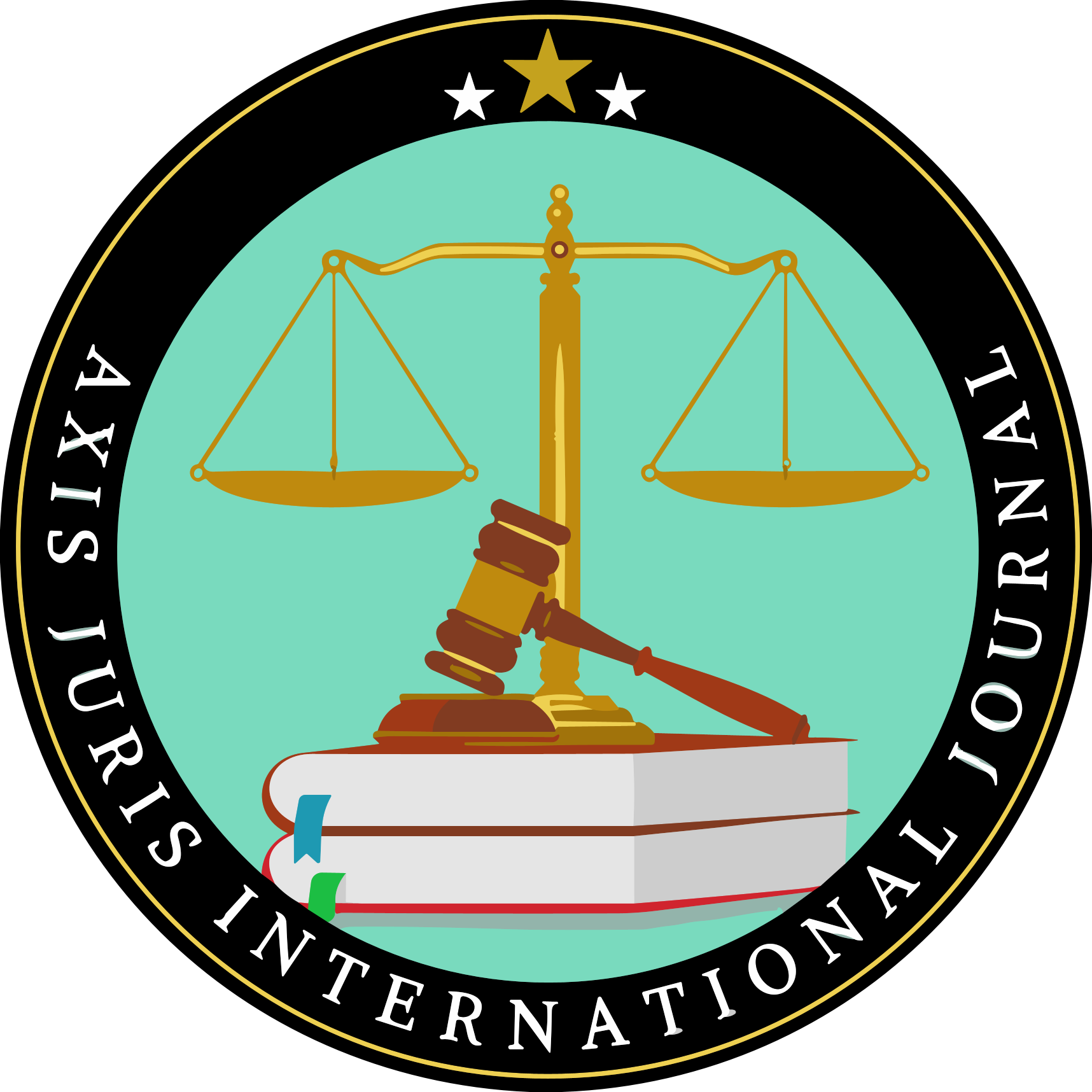AUTHOR’S NAME : Supratim Bhattacharya
UNIVERSITY - Subharti University
INTRODUCTION
Technology has changed every person’s life today. Today people do tasks more with the help of technology. Although it changed people’s lives today and is very helpful there are side effects too. Cyberbullying is one of them. In this article today we will address cyberbullying and online harassment and solutions to address them. In an era dominated by digital communication, the rise of Cyberbullying and online harassment has become a pressing concern. The anonymity and accessibility of the internet empower individuals to engage in harmful behavior with ease. To combat this growing issue, lawmakers around the world are enacting and amending legislation to address Cyberbullying and online harassment. In this blog post, we will delve into the legal landscape surrounding these issues, highlighting some notable case laws that have set important precedents.
WHAT IS CYBERBULLYING?
Cyberbullying means harassing or insulting people in the digital world. It can be through social media, E-Mail, direct messages, etc. It means it is used to harass people in the digital world. When someone gets harassed, insulted, humiliated, and degrades the reputation of the people known as cyberbullying or online harassment. Before delving into case laws, it’s essential to understand what constitutes cyberbullying and online harassment. Cyberbullying involves the use of electronic communication to intimidate, threaten, or belittle another person, often with the intent to cause harm. Online harassment is a broader term encompassing any unwanted, repeated, and hostile behavior conducted via the internet, targeting an individual or a group.
WHAT ARE THE TYPES OF CYBERBULLYING?
FLAMING: Flaming describes a type of cyberbullying that sending abusive and offensive text in the form of messages, emails, or directly to the victim. Vulgar words are sent in very aggressive environments words full of anger etc. It is also noticeable that bullies send in capital letters, symbols, images, etc so they add emotion to their argument. Also they harass into various forms of someone’s race, Gender, or any economic status.
TROLLING: When someone makes provocative statements intentionally to disturb him/her mentally is termed as Trolling. Usually, celebrities are a soft target for their actions online considered as soft targets. Due to their public presence.
CYBERSTALKING: Cyberstalking is a very offensive action when the victim receives threatening messages. It is also physical harm. Here the victim is monitored online and follows everywhere he/she goes. It is a criminal offense under 354D of the Indian Penal Code, 1860.
FRAPPING: This is the case when an individual uses Your social media accounts to post vulgar comments under your name. This is done to harm your reputation and can be confirmed as online defamation.
EXCLUSION:In this type of act, individuals form a group and harass him/her on social media online. He gets bullied through online messages.
IMPERSONATION:Impersonation means they make a fake profile and destroy their reputations. Private information is shared only and harass the victim.
INTERNATIONAL CASE LAWS:
In the United States, the case of Elonis v. United States shed light on the complexities of determining when online speech crosses the line into criminal behavior. Anthony Elonis, a Pennsylvania man, posted violent and threatening messages on Facebook directed at his estranged wife, law enforcement, and others. The Supreme Court grappled with the question of whether Elonis’s intent to harm could be proven beyond a reasonable doubt.
Ultimately, the Court ruled that the prosecution must establish that a reasonable person would interpret the communication as a true threat. This case highlighted the challenges of balancing freedom of speech with the need to protect individuals from credible threats online.
In the United Kingdom, the case of R v. Curtis addressed the issue of revenge pornography—an egregious form of online harassment. Matthew Curtis posted intimate images of his ex-girlfriend on social media without her consent. The court held that Curtis’s actions constituted harassment and a violation of the victim’s privacy rights.
This case set an important precedent by recognizing the severe emotional distress caused by revenge pornography and emphasizing the need for legal measures to protect individuals from such malicious acts.
Zeran v. America Online, Inc. is a landmark case in the United States that dealt with the liability of online platforms for user-generated content. Kenneth Zeran became the target of harassment when unknown individuals posted false and defamatory messages about him on America Online’s platform. Zeran sued AOL, arguing that the company should be held responsible for the content published on its platform.
The court ruled in favor of AOL, establishing that online platforms are not automatically liable for user-generated content. This decision highlighted the importance of Section 230 of the Communications Decency Act, which shields online platforms from liability for content created by their users.
CONCLUSION
If you are a victim of cyberbullying and online harassment you have to be very careful in your online presence, keep your password strong, and make friends only with those whom you know personally. Also, you can take action in the Informational Technolgy Act, 2000, and IPC which deals with the punishment related to cyberbullying. Addressing cyberbullying and online harassment requires a multifaceted approach, combining legal measures with educational initiatives and technological solutions. The case laws discussed above demonstrate the challenges in navigating the intersection of free speech and protecting individuals from harm in the digital realm.As technology continues to advance, legislators and legal scholars must adapt and refine laws to effectively address the evolving landscape of cyberbullying and online harassment. While these cases offer valuable insights, ongoing efforts are crucial to create a safer and more respectful online environment for individuals worldwide.
